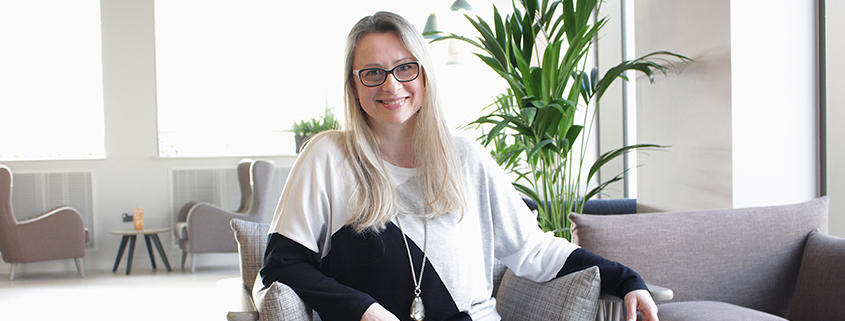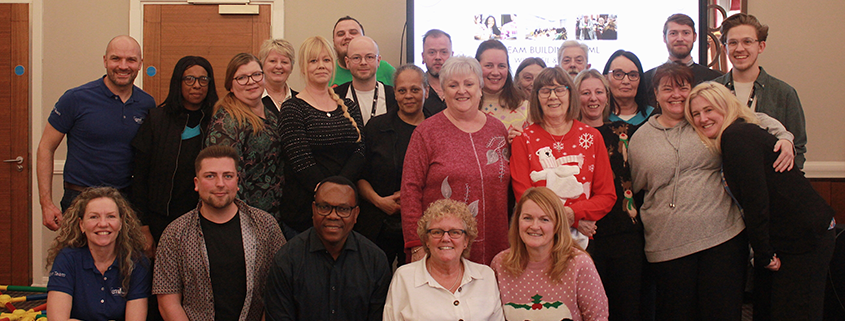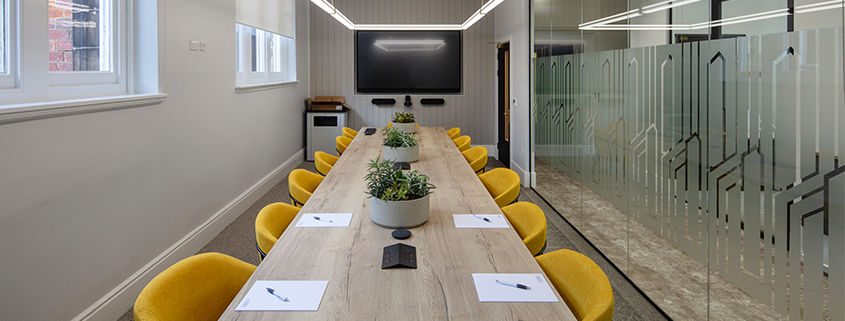Geothermal drilling wraps up on campus
After over five months of work on eight boreholes across campus, scheduled drilling on the University’s landmark geothermal energy project has been completed.
The work, co-led by Estates and the Sustainability Service, is testing the potential to use underground heat to contribute to our heating systems.
Specialists in the Estates team have been working alongside contractors from ANTS Group and engineering firm Buro Happold to complete borehole drilling to depths of 150m to 250m.
Findings set to be revealed
Researchers from the University’s Geosolutions Leeds centre are now analysing the data collected and will reveal their findings later this summer.
Early testing of open and closed-loop boreholes has shown positive indications of the potential to develop a geothermal heat pump system on campus.
If successful, it could provide an approach which can be used across the region and the rest of the UK.
Drilling work began in February at locations around campus, including the Henry Price hall of residence, and the Maurice Keyworth and Mechanical Engineering buildings.
Working on Net Zero
The work forms part of the Net Zero Delivery Plan, which sets out the key projects that will help achieve the University’s target of reaching net zero greenhouse gas emissions by 2030.
David Oldroyd, Deputy Director of Development at the University of Leeds, said: “Colleagues in Estates have worked alongside specialist contractors to keep disruption to a minimum and allow experts from Geosolutions Leeds speedy access to the data they need to determine the project’s success.
“This work has the potential to provide a more sustainable way of heating campus in line with the University’s Net Zero goals and set an example for future energy innovation.”
The sites where work is taking place will be restored to normal use by mid-summer.
Find out more by visiting our project page and the Sustainability Services’s website.


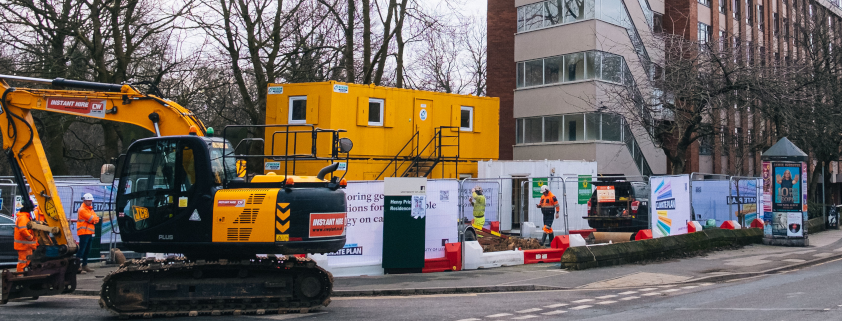
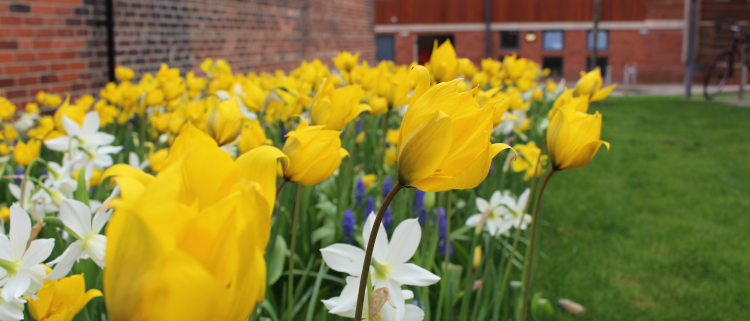

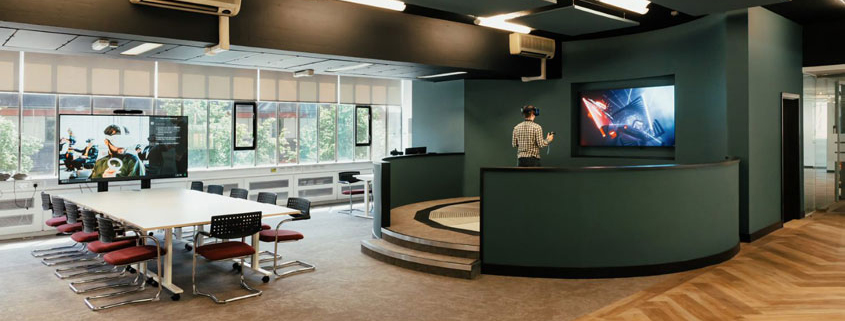
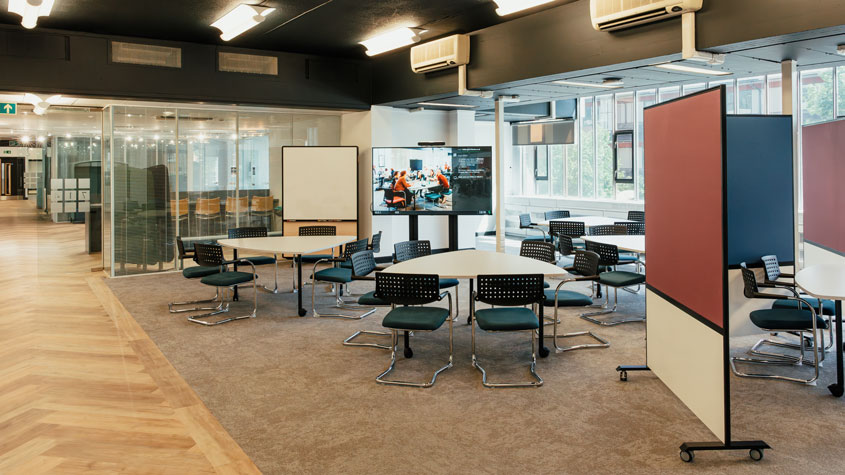
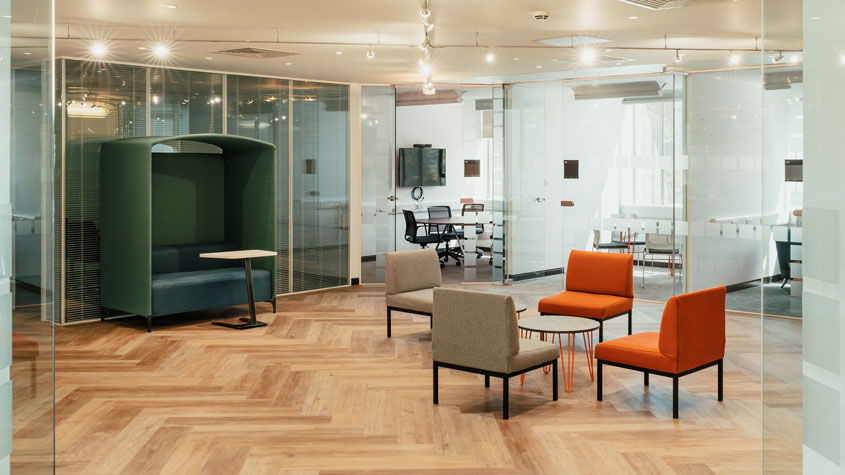


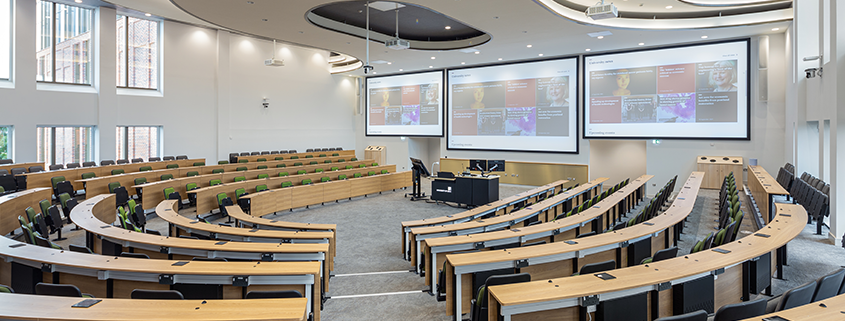
 Research shows that this kind of innovation enhances the student learning experience.
Research shows that this kind of innovation enhances the student learning experience.